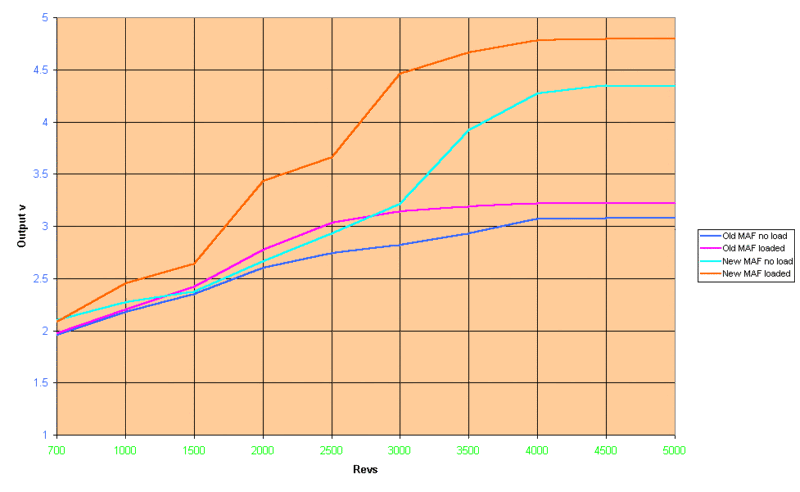dieselman
Senior Member
- Joined
- Feb 10, 2001
- Messages
- 6,017
- Reaction score
- 12
- Your Mercedes
- A diesel
Wondering if the extra volume of oxygen through the EGR has had an effect on mixture. We always talk about air/fuel mixture but I wonder if it should be called oxygen/fuel mixture. With the quite high volume of oxygen now being introduced through the EGR at idle and low revs, perhaps things have leaned off substantially.
I suspect so as the MAF will be seeing less air pass to will reduce fuelling accordingly.
This is why I didn't do mine this way.


